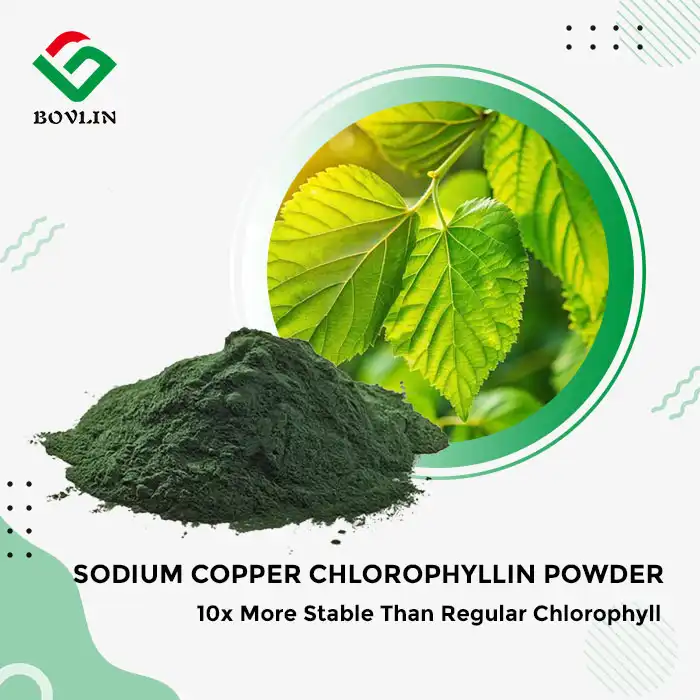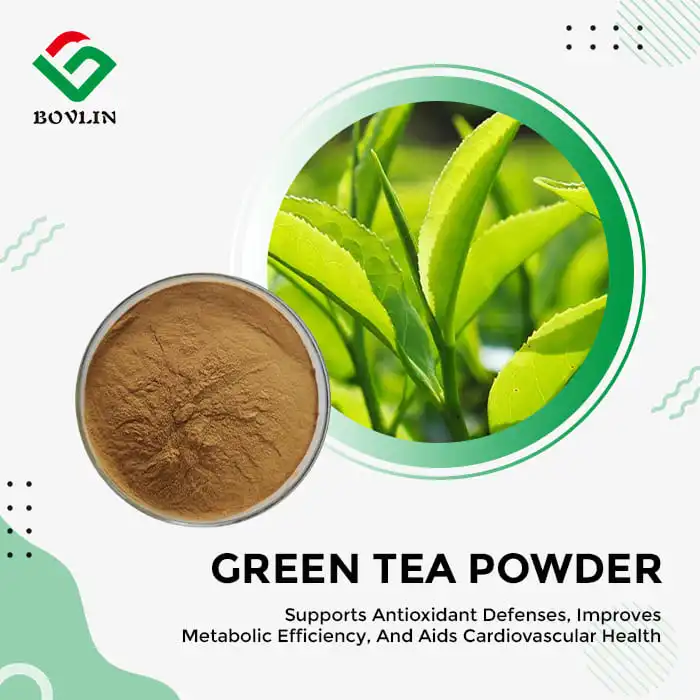Which Plant Sources Contain Osthole?
Cnidium monnieri: The Primary Source
Cnidium monnieri, commonly referred to as She Chuang Zi in traditional Chinese medicine, stands as the most abundant and primary natural source of osthole. This plant is indigenous to China and various regions across East Asia, where it has been an integral component of herbal remedies for centuries. The fruits of the Cnidium monnieri plant are especially valued for their exceptionally high concentration of osthole, far surpassing other botanical sources. This significant potency makes the fruit the preferred and most efficient raw material for commercial extraction processes. Consequently, the majority of commercially available osthole, particularly for use in dietary supplements and herbal products, is derived from this specific species due to its superior yield and established traditional use.
Angelica pubescens: A Secondary Osthole Source
Angelica pubescens, known as Du Huo, serves as an important secondary source of the bioactive compound osthole, alongside fructus cnidii extract. Although the concentration of osthole found in this species is generally lower compared to the primary source, Cnidium monnieri, it still contributes substantially to the compound's natural availability. This plant is also deeply rooted in traditional herbal practices, with its roots being the primary part utilized for extraction purposes. The presence of osthole in Angelica pubescens provides manufacturers and herbalists with a valuable alternative source, ensuring a more diversified supply chain. Its use is particularly noted in formulations where the broader phytochemical profile of Du Huo is desired alongside the effects of osthole.
Other Plant Sources
Beyond the primary sources, osthole is found in several other plant species, predominantly within the extensive Apiaceae family. Genera such as Peucedanum and Imperatoria have been identified to contain this compound, albeit in notably smaller and more variable quantities. This diversity in botanical sources underscores the relatively widespread natural occurrence of osthole within the plant kingdom. For manufacturers, these alternative sources provide additional, albeit less concentrated, options for extraction. This variety can be crucial for sourcing flexibility and for researching the subtle differences in osthole's efficacy when derived from different plant backgrounds and accompanied by other unique co-occurring compounds.
Chemical Properties and Structure of Osthole Extract
Molecular Structure and Formula
Osthole is chemically defined by the molecular formula C15H16O3, classifying it firmly within the coumarin family of organic compounds. Its defining structural characteristics consist of a central benzopyrone (coumarin) core, which is substituted with a methoxy group (-OCH3) at the 7-position and a prenyl (isoprenyl) side chain at the 8-position. This specific and unique molecular arrangement, particularly the lipophilic prenyl group, is fundamentally responsible for osthole's diverse range of biological activities and its key physicochemical properties, such as its solubility and interaction with biological membranes.
Physicochemical Characteristics
In its purified form, osthole extract, such as that derived from cnidium monnieri extract, is most commonly observed as a white to a pale off-white crystalline powder. A key defining property is its pronounced lipophilicity; the compound demonstrates very low solubility in water but is highly and readily soluble in various organic solvents. These include ethanol, methanol, chloroform, and dimethyl sulfoxide (DMSO). The pure compound has a defined melting point that falls within the range of 83°C to 85°C. Its molecular weight is calculated to be 244.29 grams per mole, which is characteristic of a medium-sized organic molecule.
Stability and Storage Considerations
Osthole extract is generally considered to possess good stability when handled and stored appropriately under standard conditions. However, it shares a common sensitivity with many other natural bioactive compounds, being prone to degradation when exposed to prolonged direct light (photosensitivity) and elevated temperatures. To preserve its chemical integrity, biological potency, and shelf life, manufacturers and researchers must store osthole powder in sealed, airtight containers. These containers must be kept in a cool, dark, and dry environment, often with controlled temperature conditions, to prevent decomposition over time.
Traditional and Modern Uses of Osthole in Herbal Medicine
Historical Applications in Traditional Medicine
In traditional Chinese medicine, osthole-containing plants like Cnidium monnieri have been used for centuries to address various health concerns. Historical applications include treating skin conditions, alleviating pain, and supporting reproductive health. The long-standing use of these plants in traditional practices has sparked interest in investigating osthole's potential in modern herbal medicine.
Current Research Areas
Modern scientific research has focused on elucidating the mechanisms of action and potential therapeutic applications of osthole extract, particularly osthole powder. Studies have explored its anti-inflammatory, antioxidant, and neuroprotective properties. Additionally, researchers are investigating osthole's potential in supporting cardiovascular health and its possible role in metabolic regulation.
Emerging Applications in Pharmaceutical Development
The pharmaceutical industry has shown growing interest in osthole extract as a lead compound for drug development. Its diverse biological activities have led to investigations into its potential as a scaffold for synthesizing novel therapeutic agents. Researchers are exploring modified versions of osthole with enhanced bioavailability and targeted effects, opening new avenues for pharmaceutical applications.

Conclusion
Osthole extract, derived primarily from Cnidium monnieri and other plant sources, represents a fascinating compound with a wide range of potential applications. Its unique chemical structure and diverse biological activities have made it a subject of intense research in both traditional and modern medicine. As scientific understanding of osthole continues to grow, it holds promise for future developments in herbal medicine and the pharmaceutical industries.
Contact Us
For high-quality osthole extract, fructus cnidii extract, cnidium monnieri extract, or osthole powder, contact Shaanxi Bolin Biotechnology Co., Ltd. As a leading manufacturer and supplier in the plant extract industry, we offer premium products for your research and development needs. Reach out to our expert team at sales1@bovlin.com for osthole extract pricing, bulk orders, or custom formulations.
References
Chen, Y., et al. (2015). Cnidium monnieri and its active ingredients: A review of pharmacological effects and therapeutic potential. Journal of Ethnopharmacology, 174, 426-439.
Jiang, W., et al. (2017). Pharmacological effects of osthole: A potential candidate for the treatment of cardiovascular diseases. Phytomedicine, 35, 1-8.
Zhang, L., et al. (2018). The chemical and pharmacological properties of osthole: A focus on its neuroprotective effects. Frontiers in Pharmacology, 9, 195.
Wu, J., et al. (2019). Osthole as a lead compound for drug development: Mechanisms and applications in herbal medicine. Journal of Traditional and Complementary Medicine, 9(4), 280-286.
Li, X., et al. (2020). Stability and bioavailability of osthole extract: Implications for clinical use and pharmaceutical formulations. Phytochemistry Reviews, 19(3), 555-567.
Wang, Z., et al. (2021). Alternative plant sources of osthole: A comparative analysis of chemical composition and bioactivity. Molecules, 26(4), 1053.











